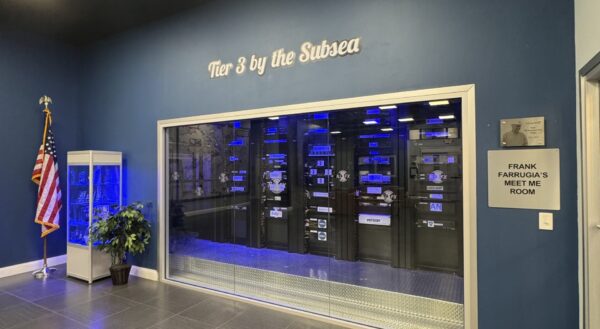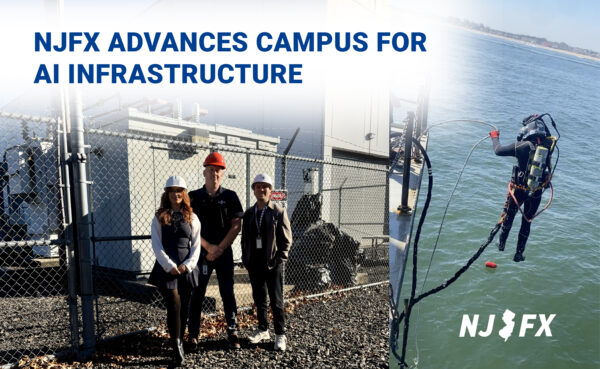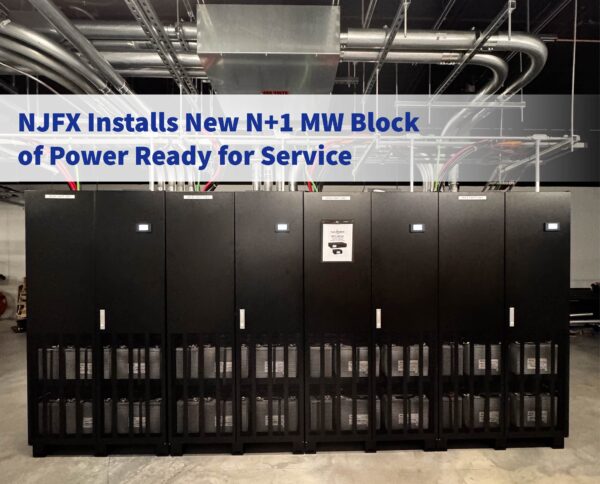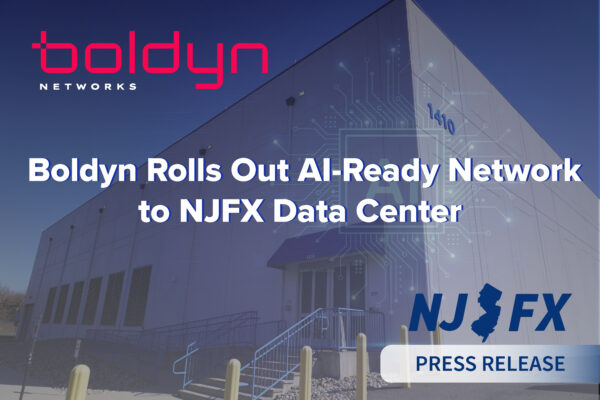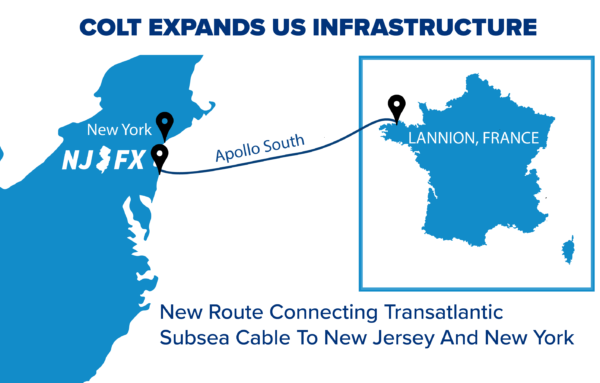In today’s hyper- connected world, content flows freely across the seemingly countless autonomous networks around the globe, making its way from data centers halfway across the world to our tablets, phones and other connected devices in the blink of an eye. In order for this to happen, multiple networks must connect – that’s where peering comes in.
While there are various types of peering, direct peering is often considered the most preferable as it enables enhanced network performance. When traffic is peered directly (or locally), it traverses the shortest path between two networks – allowing for lower latency and higher availability. Avoiding congested and disjointed peering landscapes, often associated with large cities, can also give networks a leg up.
These advantages are beneficial to a wide variety of customers however, they are particularly attractive to over-the-top (OTT) service providers whose apps and content are delivered over the Internet. Today’s consumers expect the ability to view high-quality content any time, anywhere, which means OTTs cannot risk added latency or potential choke points in the network. Direct peering enables these providers to meet their growing demands – and considering the time spent viewing content on connected devices has increased 719% since 2011, these demands are on the rise.
OTTs and network operators looking for peering opportunities on the Eastern seaboard with extensive international reach should look no further than NJFX’s brand new Tier 3 carrier-neutral colocation campus. NJFX offers tenants subsea access to leading service providers within Tata Communications’ CLS, which offers direct, redundant routes to Ashburn by five fiber-based providers. Customers have the opportunity to peer directly with high capacity, low latency networks without recurring cross connect fees. Moreover, NJFX is an ideal alternative to facilities in lower Manhattan. Routing traffic around New York City eliminates a potential choke point to the network, as its aging infrastructure poses a risk in the event of a force majeure.
Interested in direct peering through NJFX? Click here to contact us today.

